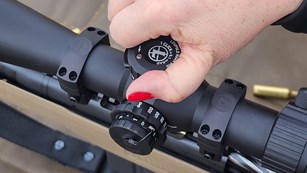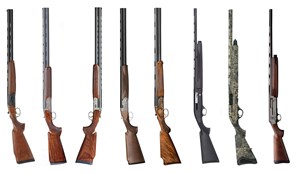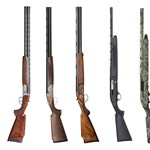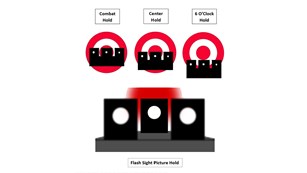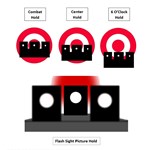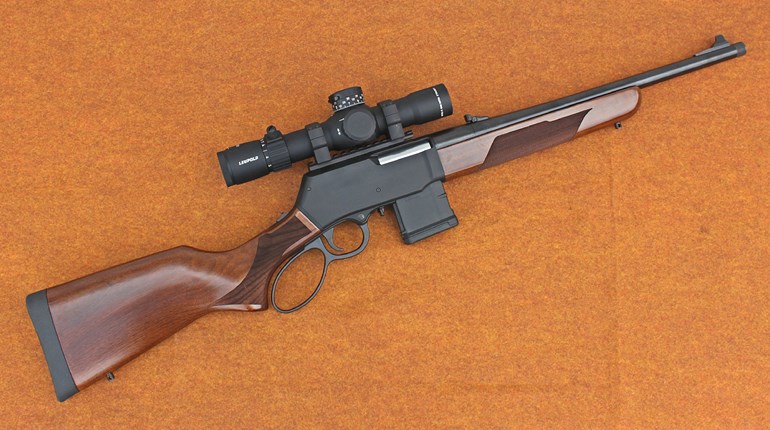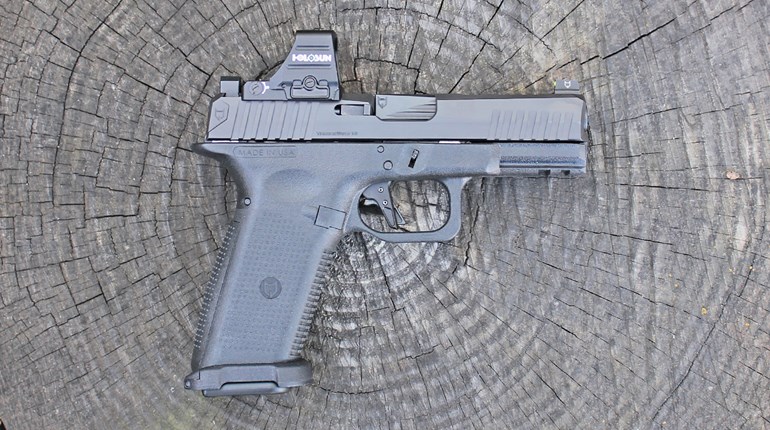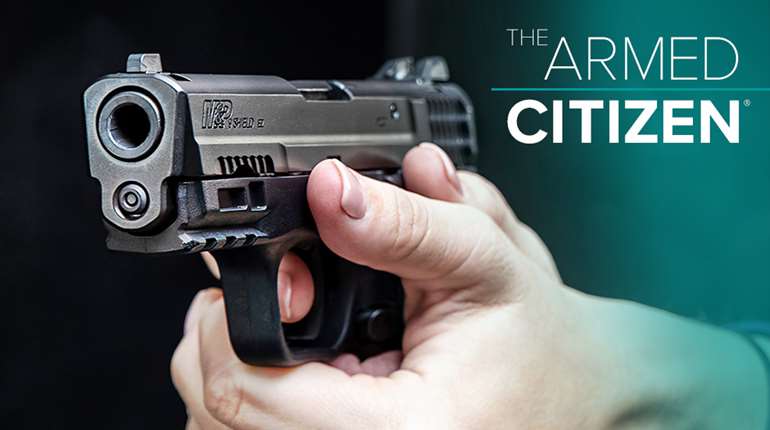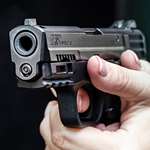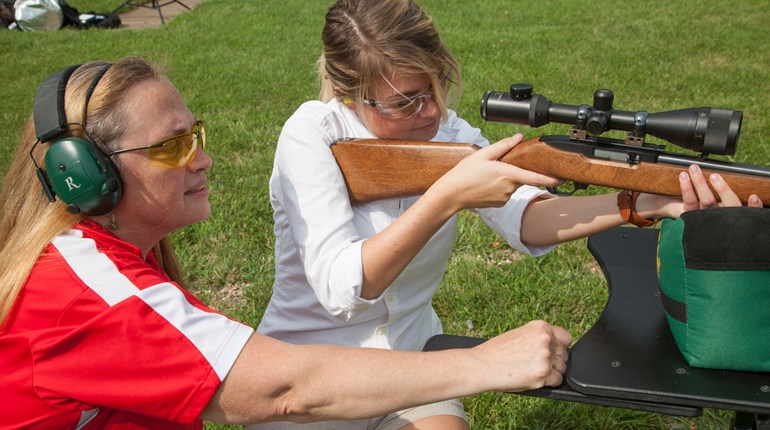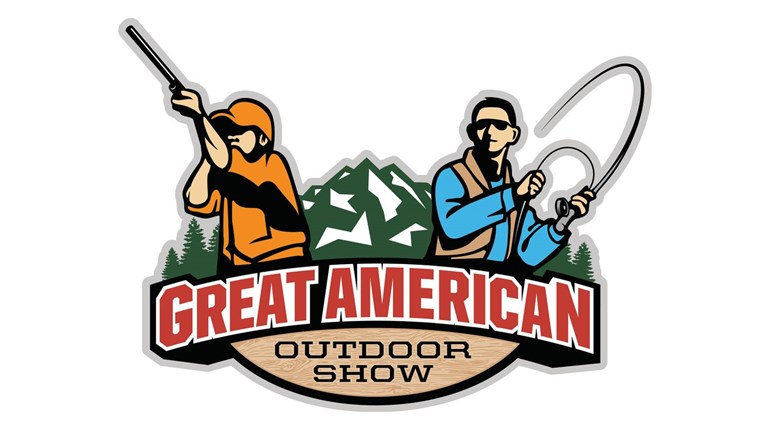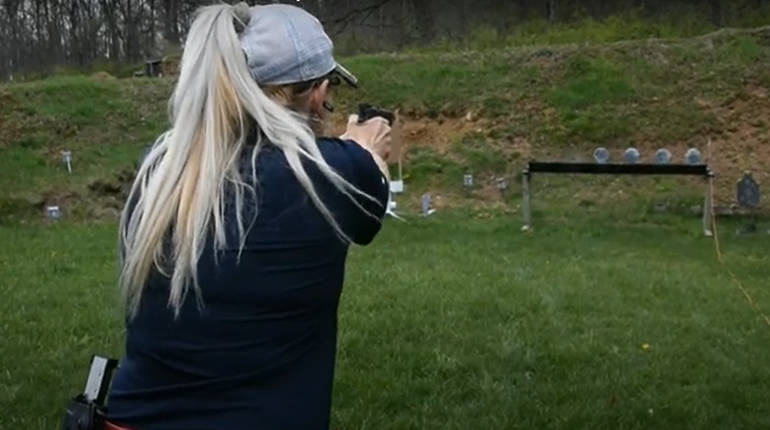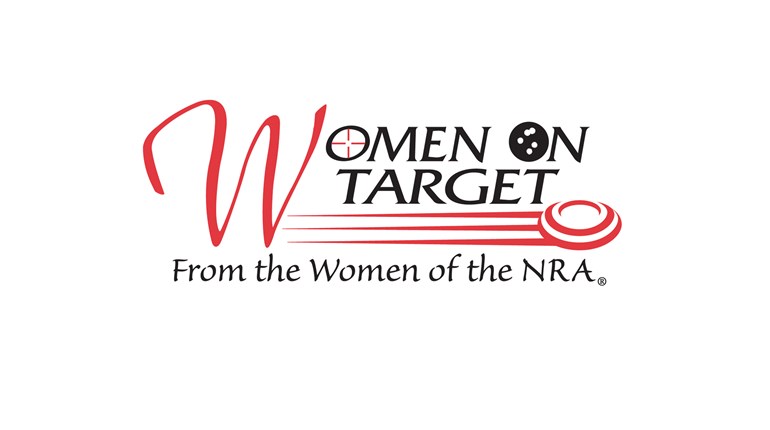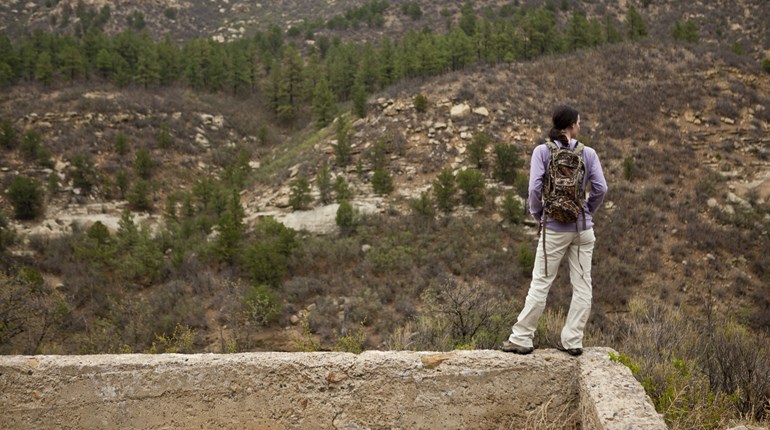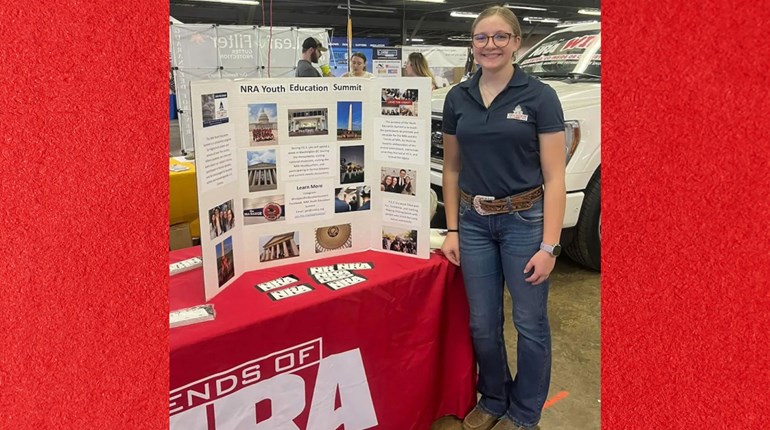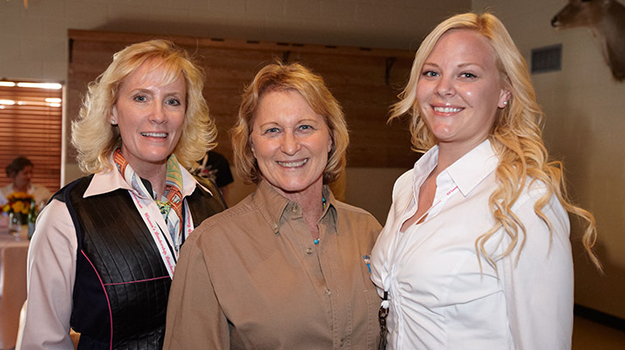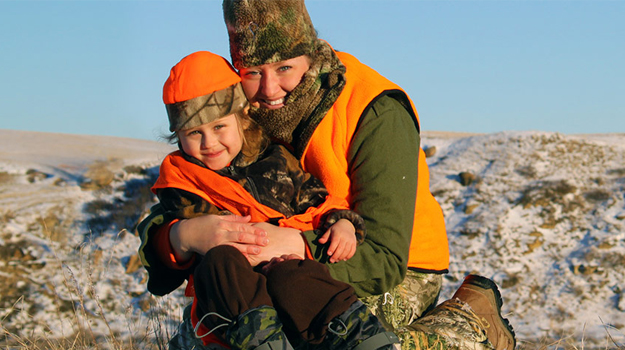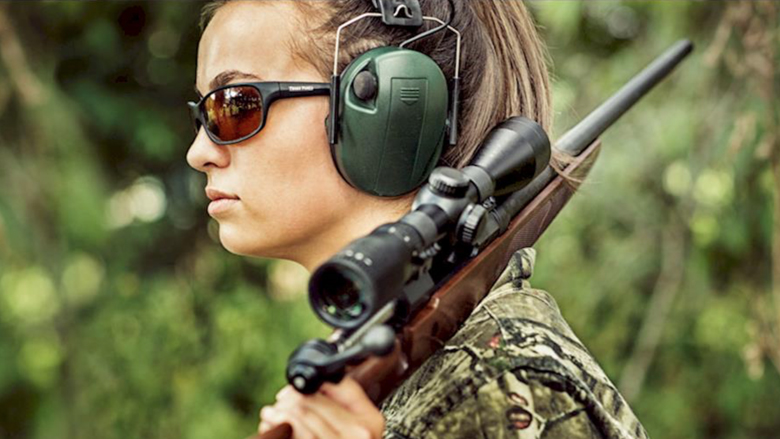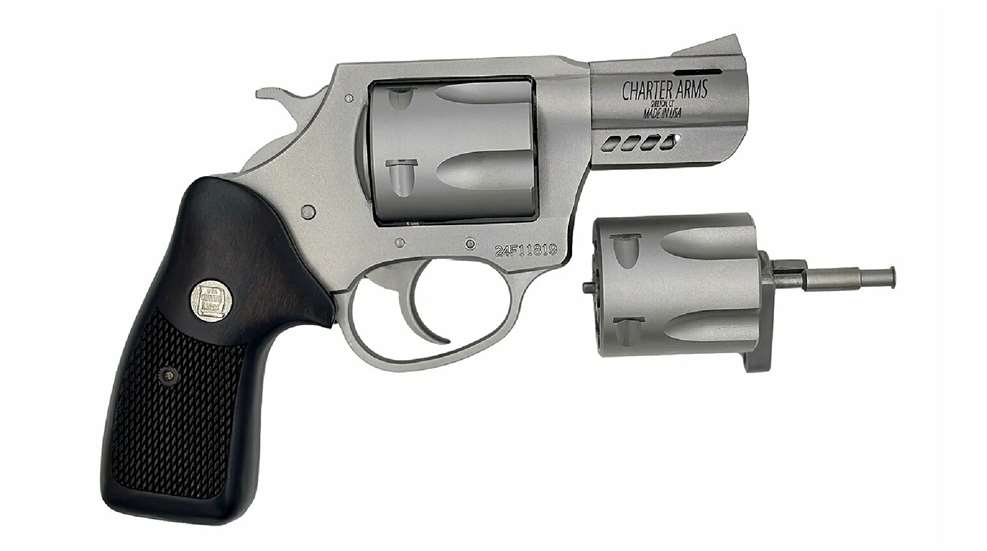
Charter Arms has been manufacturing affordable, reliable, American-made concealed-carry revolvers for more than 60 years. Although they have not wandered too far from their original wheelgun formula, their designers keep mixing, matching and adding features in innovative ways to expand their catalog. Near the end of 2024, Charter launched two new series dubbed the Double Dog and the Coyote. Both models are unique in that they offer feature sets not found in this combination with other revolvers in their class. Here is a closer look at what they have to offer.

Charter Arms are made in the Unites States.
Shared Features
If you look at the Double Dog and the Coyote side-by-side, at first glance they may not seem all that different from each other. That's because both guns draw directly from the Charter Arms classic revolver design known for being durable, reliable and less expensive to manufacture. Both are configured as double-action/single-action revolvers with exposed hammers. This allows them to be fired by just pulling the trigger, which gives the trigger a longer, heavier pull, or the hammer can be manually cocked for a shorter, lighter trigger pull.

These two revolvers share some similarities but they are not the same.
The barrels are 2" long with an integral front sight blade and lightening cuts for the ejector rod shroud. The rear sights are milled into the top of the revolvers' frames. To either side of the front sight are straight ports, or vents, which redirect some of the high-pressure gas generated by a fired cartridge upwards. This in turn works to mitigate muzzle rise and can work to reduce felt recoil.
The fluted cylinders are configured to hold five rounds of ammunition. The cylinder releases, found on the left side of the frame, are pressed forward, towards the muzzle, to allow the cylinders to swing out to the left side of the frame. The revolvers are completed at the factory with checkered hardwood grips. Now, let's look at how these carry guns differ from each other.
The Multi-Caliber Double Dog
The all-stainless steel compact revolver shown here (Model #73920) is shipped with a second cylinder assembly in the box. Tipping the scales at 23 oz. unloaded, it's called the Double Dog because you essentially get two revolver configurations in one package, namely, the Mag Pug and the Pit Bull. The Mag Pug cylinder is configured for .357 Mag. ammunition with a standard extractor assembly. It will also safely chamber .38 Special +P and standard pressure .38 Special ammunition. This cylinder can be loaded with loose rounds one at a time, or with speed strips and speed loaders.

The Double Dog ships with two cylinders and walnut grips
The second cylinder, borrowed from the 9 mm Pit Bull revolver, employs Charter's rimless cartridge extractor system designed specifically for use with semi-automatic pistol cartridges including the .45 ACP, .40 S&W and 9 mm. The ejector star is fitted with five spring-loaded pins, or detents, that extend into each of the chambers. As a 9mm round is pressed fully into the chamber, the detent locks into the groove along the rimless cartridge's base. After the rounds have been fired, the detents press against the spent cases when the ejector is actuated.

The .357 Mag. cylinder uses a typical ejector.
This ejector design eliminates the need for full-moon clips. However, the plungers are not compatible with any of the speed loaders with which I've experimented. Basically, each round needs to be pressed into place individually to lock them into the detents. An easy way to reload this cylinder is to use a pistol magazine like a PEZ dispenser to thumb in fresh cartridges.

The 9 mm cylinder has specialized detents to hold fresh round and eject spent cartridges.
The purpose of the Double Dog package is to provides customers with a good deal of ammunition flexibility. This revolver can be loaded with full power .357 Mag. or .38 Special +P ammunition for personal protection and with softer shooting .38 Special loads used for practice or target shooting. Removing a single screw from the frame allows the .357 Mag. cylinder to be removed and then replaced with the 9 mm version.

Charter Arms offers textured G10 revolver grips in their online store.
These days 9 mm is one of the most plentiful and affordable cartridges available. Options range from budget-priced bulk rounds for practice or target shooting up to premium-grade 9 mm +P hollow points intended for self defense. Generally speaking, 9 mm and .38 Special, or 9 mm +P and .38 Special +P, generate comparable levels of felt recoil when fired from revolvers like this one.
The Lightweight and Low-Recoil Coyote .380 ACP
The Coyote (Model #53802 shown here) is a small-frame model with a mixed materials construction intended to reduce its weight as much as possible. The barrel, cylinder and controls are made of stainless steel. The frame, or receiver, is made of a lightweight aluminum alloy. And for the first time, at least for the models I've worked with, the monolithic grip frame and trigger guard are molded from polymer. As a result, the gun I received to work with weighed in at 13.8 oz. unloaded.
The most unique feature of the Coyote is the caliber of ammunition it’s chambered to fire, the .380 ACP. While this is one of the most popular cartridges for pocket-sized semi-automatic pistols, it is only the second revolver I've seen chambered for it. So, why are they offering this configuration?

The Coyote is light weight due to its mixed materials construction.
There continues to be a genuine interest in snub-nose revolvers that generate low levels of felt recoil. One option is to go with the .22 LR and .22 Mag. rimfire models which are the softest-shooting concealed carry guns available. However, the .22s come with trade-offs that include reduced performance and reliability. Last year, we posted a discussion about .32-caliber revolvers. They can generate less recoil than the .38-caliber guns and they are more reliable than rimfires. However, the ammunition can more expensive and more challenging to acquire.

The straight-line ports, or vents, are milled into the barrel to either side of the front sight.
By chambering the Coyote in .380 ACP, Charter is offering a revolver that has the reliability of a centerfire cartridge, levels of recoil lower than that of the .32 H&R while using a common, readily available and more affordable cartridge. The trade off is that the cartridges need to be supported in the cylinder using moon clips, two of which are provided with the revolver. Because the .380 ACP cartridge case has a rebated rim, the ejector star has nothing to press against when ejecting spent cartridge cases. The moon clip holds all five rounds together, much like a speed loader. This allows all five to be inserted at the same time and to be ejected together as well.

Due to its smaller cylinder, the Coyote uses moon clips to manage the rimless .380 ACP cartridges.
Revolvers that require moon clips to eject spent rounds have been controversial ever since their invention during World War II. The clips allow double-action revolvers to be chambered in popular semi-auto calibers including .45 ACP, 10 mm Auto, 9 mm and, in this case, .380 ACP. But they add extra steps to using the revolver. Each round must be manually pressed into the clip and then, after they have been fired, each spent cartridge case must be removed before reloading the clip to use it again.

This in-house leather IWB holster is idea for concealed carry with the Coyote.
As a shooting sports eclectic, I've come to accept that no matter which defensive platform you choose its design is going to have its conveniences and inconveniences. No system is perfect. In the case of moon clips, the added steps required to manage them can be a reasonable trade off for the benefits the given revolver and ammunition combination provide. In this case, reduced recoil with a common pistol round. But why not build the Coyote with the same ejector plungers as the Double Dog? The Coyote's smaller cylinder is simply not large enough to install the system so moon clips are used instead.
At the Range
Testing the Double Dog and the Coyote side-by-side at the shooting range provided a unique opportunity to answer multiple questions in the same test session. Ported barrels for defensive handguns are back in style. Do they help to mitigate recoil or do they just make the guns more noisy? What kind of performance can we expect when firing 9 mm and .380 ACP cartridges from 2”-barrel revolvers instead of pistols? And just how much softer shooting is a ported .380 ACP when compared to essentially the same gun firing 9 mm, .38 Special or .357 Mag?

The author found the barrel ports of both models to be effective in mitigating felt recoil and muzzle rise.
The benchrested accuracy and performance testing consisted of five 5-shot groups fired at 7 yards into paper targets with a Garmin Xero C1 Pro chronograph on hand to measure bullet velocities for 10-shot strings. The Double Dog was fired with three different calibers of ammunition, to take advantage of its ammunition range, while the Coyote was fired with three different loads of .380 ACP. The ammunition used was manufactured by Barnes Bullets, DoubleTap Ammunition, Hornady, Sig Sauer and Winchester. Here are the results:

Regarding touching off the .357 Mag. in a compact snubnose revolver, the experience can most generously be described as “memorable.” The muzzle blast is pronounced, and recoil can range from stout to intense depending on the load fired. This is where the Double Dog's ported barrel really shines. The ports do make the report louder but they successfully take the edge off of the recoil and make managing the revolver easier for follow up shots. The ports also make a difference for the hotter .38 Special +P and 9 mm +P loads, bringing the recoil down into the standard pressure load range.

The Double Dog was evaluated with .357 Mag., .38 Special and 9 mm ammunition.
The ported Coyote is one of the softest shooting center-fire revolvers I've worked with so far despite its light weight. Before shooting this revolver, the barrel porting seemed like overkill. But considering how modest the kick was with all loads tested, I'm not going to argue too much with the design choice. As for performance, the accuracy was not quite as good as that of the Double Dog. However, I was surprised by the bullet energy levels. When I tested the Walther CCP M22 pistol with a 3.54" barrel, the bullet energy at the muzzle ranged from 140 to 180 ft.-lbs. The Coyote yielded a bullet energy range of 144 to 180 ft.-lbs., meaning, there was not a bullet velocity or energy drop with the shorter ported 2” barrel.

A Garmin Xero C1 Pro chronograph was on hand to measure bullet velocities.
Parting Shots
Charter Arms continues to push its snubnose revolver offerings in fresh directions while keeping their prices affordable. These less-common offerings may not be for everyone. But they may be just what some folks are looking for in regard to ammunition flexibility or a reduced recoil option. The multi-caliber Double Dog is listed for a suggested retail price of $637 to $659.40, depending on the configuration, and the Coyote .380 ACP is available for $448.14. For more information, visit charterfirearms.com.





